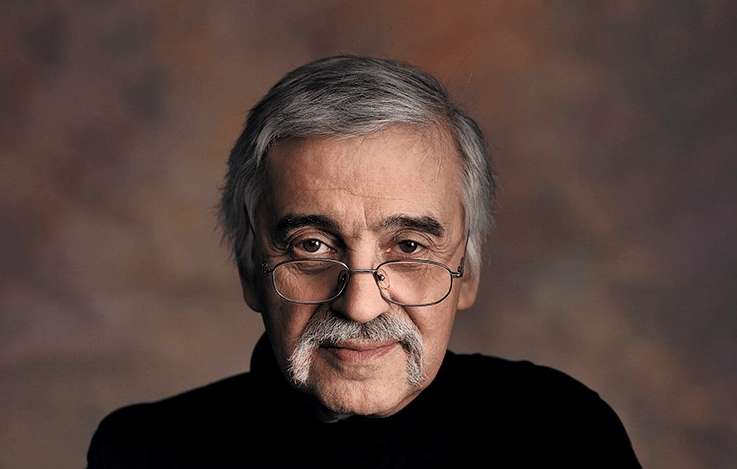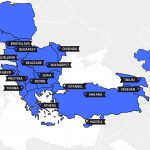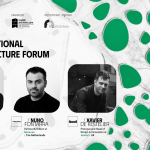CITY TODAY – CITY TOMORROW
During the SHARE Sofia webinar – held on the 21st of May – we had the honor and delight to welcome arch. Romuald Loegler, awarded with the SHARE Omnia distinction, as a guest speaker to wonder through his thoughts and get an understanding of what the future of the cities might be in a post-pandemic era.
His inspiring lecture focused on the key question of “what today’s visions of the architecture world of our cities, at the same time defines their future values that are to serve man in a humanistic and natural dimension of his life?”. In his words, the question follows the “expansion of cities in the second decade of the 21st century. The diversity of urban structures, social and cultural diversity and the need to preserve their identity, coherence and integration with the historical shape require in-depth reflection on the city of the future”
We invite you to reflect together on the pivotal question that arch. Romuald Loegler has raised. The following paragraphs contour the answers envisioned by arch. Loegler in a quest of enhancing and adhering to a natural evolution of cities and human kind, whilst preserving the traditions and history that has consecrated us.
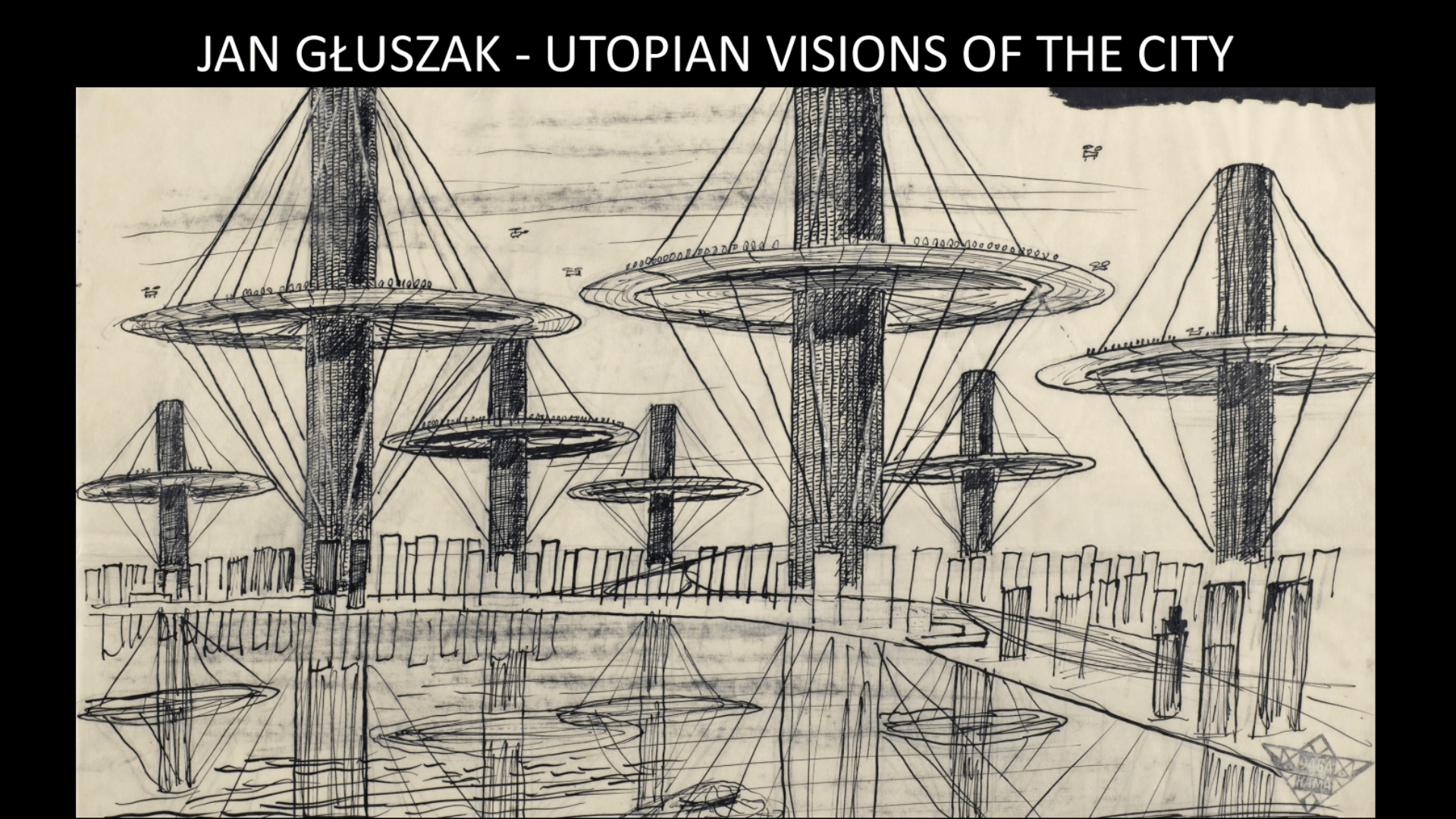
The centuries-old history of mankind since ancient times shows the insurmountable desire to leave something peculiar, indestructible. These aspirations were revealed, among others in the creation of monumental secular, defensive or religious buildings, and thus in building something high, in the erection of “vertices”.
The mythological Tower of Babel – the city of the future – was probably to be a sign of non-distraction of people. It was intended to refer to the Mesopotamian ziggurats, which could have been a symbol of pride and a warning against the exaltation of man against God. Another example of such aspirations are the pompous tombs of the pharaohs – the pyramids. The evolution that has taken place over the centuries has, however, led to the development of cities and the creation of a metropolis.
The emergence of architectural imagination as an artistic phenomenon is inextricably linked to the famous Italian architect and engraver Giovanni Battista Piranesi. In his engravings from the series Invenzioni caprici di carceri (Carceri), he presented a suggestive vision of ancient Rome in which an irrational set of details and phantasmagore symbolic symbols resulted in the development of a “new” creative element. Fictitious images inspired not only architects, but also artists, writers and directors.
The graphic codes of the Carceri series were admired by Victor Hugo, Edgar Poet, Charles Baudelaires, Aldous Huxley, Fritz Lang, Sergei Eisenstein and others who recognized the famous Italian as an icon of modernity long before the historic appearance of this trend. Almost a hundred years ago Lang, in his film Metropolis, he considered humanity’s absurd desire and pursuit of excesses and gigantism, inspired by New York – a city that the director drew attention to as a specific Tower of Babel, according to him a symbol of discord between the machine and the soul. Lang tried to draw attention to the fact that the mediator between the head and hands should be the heart. This thought de facto defines the theme of the film.
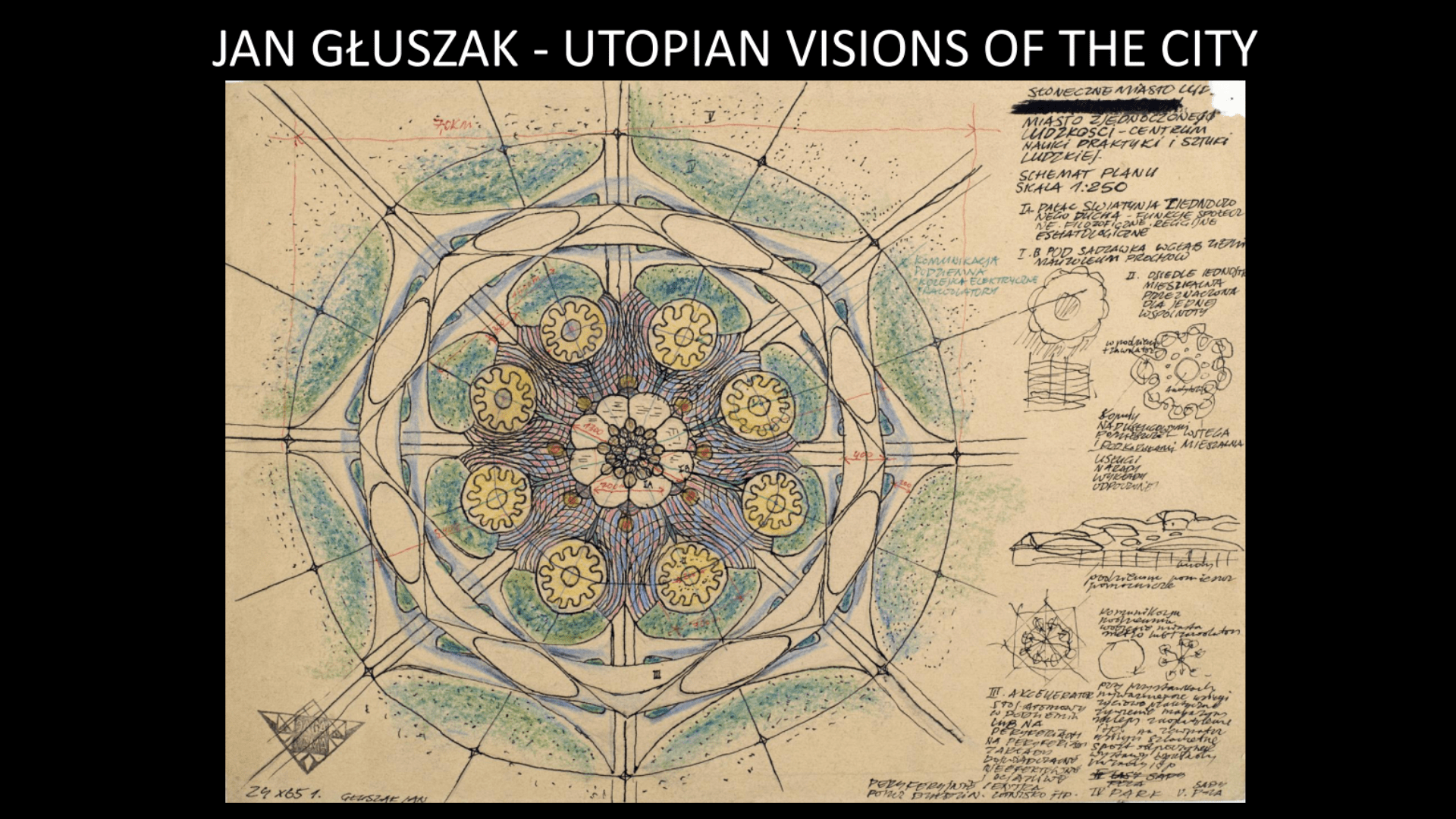
The city is often an inseparable scenery of the vision of great creators, scientists, artists and “ordinary” users of the current condition and the vision of what it will be in the future is accompanied by constant debate. These dilemmas should be addressed jointly by residents and visiting visitors. Evaluation officials, architects and urban planners, in order to try to create a place for comfortable life, are the topic of uninterrupted discussion in many environments. These few reflections are another voice in this discourse. They presents some reflections on our current knowledge in this topic and evokes interesting, new concepts, and at the same time raises the question of whether their implication would bring a satisfactory solution in the future. However, it seems that these questions will remain unambiguous in our present.
The city today
We are witnessing changes in the way city visions are created. Currently, this phenomenon consists in planning their centers, which are no longer defined by market squares, churches, town halls, etc. Our understanding of comprehensive transport systems methods of their design are changing, which have a huge impact on traditional city urban structure and other elements the city, and also on the interdependence between the city and the surrounding area. These systems also affect our understanding of planning, development and operation of the environment closest to us.
There is a tendency to reinterpret the permanent elements of the city, which clearly affects our perception of interdependence on the city-surrounding area, and thus affects our understanding of urban order. The city is the result of the interaction of many factors playing a leading role in the ongoing game that shapes our future. New ideas and trends – visions of the future – are an illustration, a reflection of the creator’s position, action and individuality. Currently, the architect finds himself in a situation (sometimes caused by himself) in which he carries out the act of creating a reaction, thus crossing the boundaries of architecture because he discovers its new areas.
Architects create situations that are predictions of the future. In their specific, individual tasks, they reveal the potential of architecture, responding to the needs and innovative concepts that induce changes in our behavior patterns and life situations; they find new areas, while giving meaning to unknown future situations. The scope of activity of the current generation of Polish architects includes buildings of various scale: museums, airports, skyscrapers, shopping centers, tennis courts, stadiums, schools, places of worship, railway stations, as well as buildings needed for work or residences.
New opportunities brought about by the change in the political and economic system twenty-five years ago, however, did not create the conditions for the creation of creative groups, proposing new visions, ways of communication as the main force initiating the debate on the architecture of the future. The exception is the International Architecture Biennale in Krakow, which has recently returned to the arena of cultural events of the city. Radical ideas, ingenious and fantastic proposals and utopian visions of the future – which, moreover, often do not go beyond the sphere of theory and are not implemented – rarely come from the Polish architectural environment.
The predicted future, often unacceptable to society or impossible due to current economic and technological constraints, can be passed onto future generations as a proposal for the future of the city a metropolis grown out of experience, level of knowledge and emotions of today, compared to trends expressed in the contemporary voice of visionary projects, as well as for buildings of our time and our generation. Thanks to this, we discover that what was yesterday’s utopia is today a reality that has brought us into a new age.
The city of tomorrow
Existing cities are alive and will continue to be so for generations to come. Seeing their future is a task for urban planners and architects who are responsible for creating both the vision and the real existence of cities.
What kind of vision can be considered futurological? Is there a vision whose reality will be defined by today’s times or is it a vision created only by future generations of architects? The question arises, what exactly do we mean by the architecture and city of the future, the city of tomorrow? Does the architecture of the future mean utopian visions of the city proposed, for example, by Jan Głuszak, who died many years ago, a man endowed with extraordinary fantasy and imagination? Or maybe the architecture of tomorrow will be a product of Oskar Hansen’s theory, open space and his vision of a linear city .
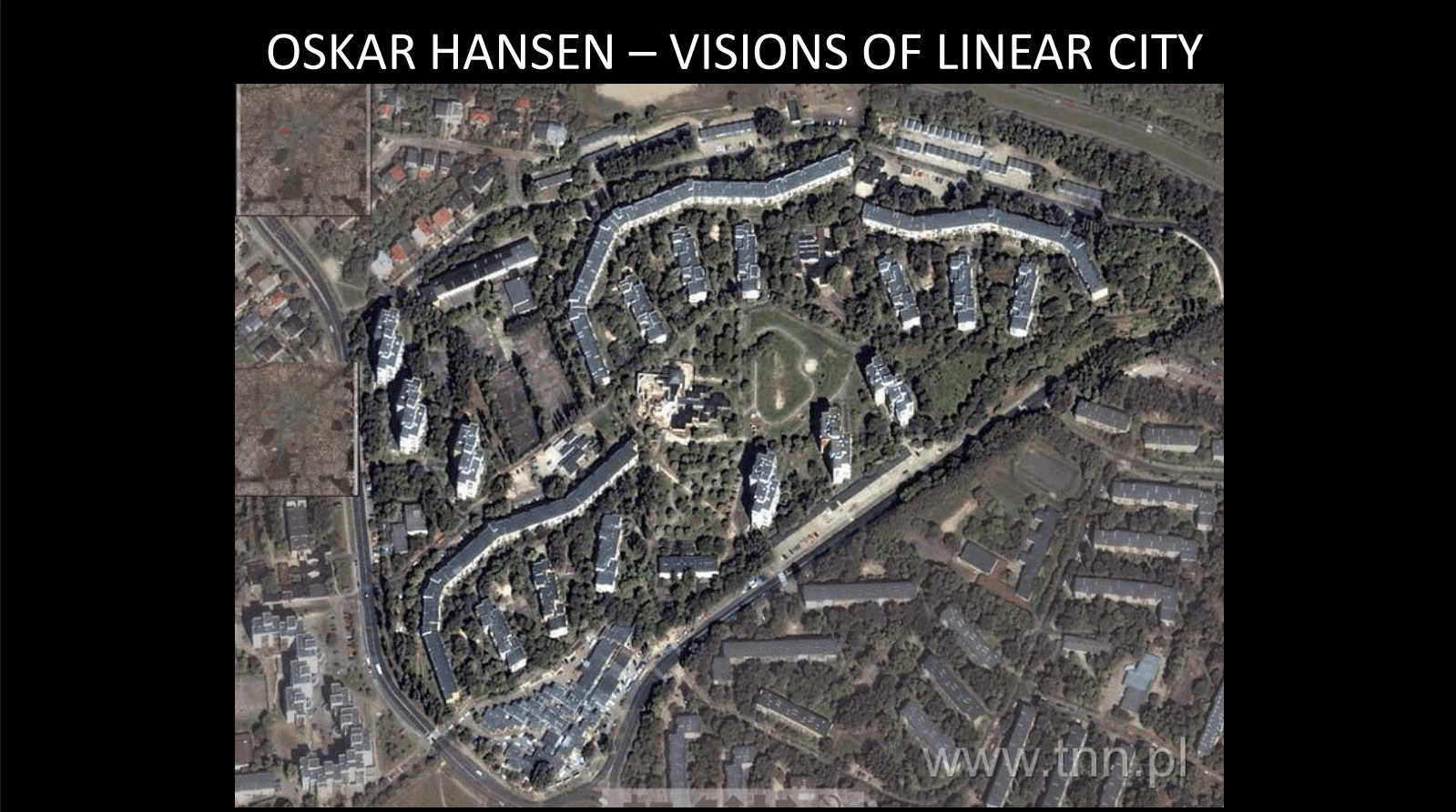
We must ask ourselves whether the house of the future should not be a building built today that does not shock with an unconventional form, but rather, thanks to its spatial structure and technical equipment, it enables continuous adaptation to constantly new denominations and requirements, adequate to the changing needs and preferences of subsequent generations of users?
Answers to the problems of the architecture of tomorrow cannot be provided by creating proposals for unique “screaming” structures with new technological potential, such as the designs of the Contemplative Bridge of Paris or the Real Center of Berlin, which have been designed exhibitions: Paris-Utopie of the 21st Century and” Berlin- Denkmal oder Denkmodell “, devoted to searching for ideas for the architecture of the cities of tomorrow.
The right search is the design of a multifunctional building that was designed for Düsseldorf as one of a set of buildings as part of the Architectural Visions For Europe project. The question mark also appears when we analyze the design of the largest in the world and reportedly the most environmentally friendly city of Masdar by Lord Norman Foster, which is being built in the United Arab Emirates from scratch.

The avant-garde of the 1920s tried to create a new, universal language of architecture by eliminating differences resulting from the cultural features of nations and societies. Fortunately, this intention could not be fully realized. Opposite social movements, political and environmental conditions as well as cultural milieu. The belief that the architecture of the future should not be understood as a product built in a specific place, but as a product of the culture of the place and intellect, has gained widespread approval.
The architecture and urban planning of the future, including the one created today, should grow out of local conditions based on experience, giving the past a true and authentic dimension of quality, identifying local culture arising from the original features of the place – public space. Creating contemporary architecture, identification and identity of cities and their future, it is worth getting acquainted with the views of Franco Purini!
In the essay Identità, differenze, fraintendimenti nella architettura italiana [Identification, differences and misunderstandings in Italian architecture] he wrote that the concept of urban architectural design as a function of the city is a conscious release and development of the desired final form – the result of innovation and experience of tradition, the innate ability to think on a human scale. Purini was convinced that the identity of the place created by architecture should be characterized by the contextual nature of the architectural design and the tension between the object and its location, which allows it to fully recognize and feel its expression.
The architecture of both today and tomorrow, is to be still something that belongs to the city, people, everyone. It is the field of creation that integrates new buildings with the history of the place where it arises, with its geometry and emotion. Architecture must anticipate the future. Because city development and construction takes a long time, architects must look for ways to predict future innovations, their evolution, humanization of overpopulated places, and finding in cities what people experience in nature.
Jurgen H. Mayer the future of cities and architecture depends on the understanding of the present. He is convinced that the future will happen in a moment, it depends only on the period we are looking at, and each forecast is basically a reflection of the present moment. Perhaps the city of the future is an existing city, which through evolution defined as “new urbanization” will provide next-generation residents with comfort and safety and facilitate the animation of life events of a particular community. A city in which built-up areas will be created through complexes residential buildings, e.g. residences associated with other functions of the city, with a preference for pedestrian traffic and public transport, which in turn allows access to public spaces of the city, jobs, cultural services or retail services, and thus a significant reduction in the use of individual transport.

The future city perspective, that protects the heritage of tangible and intangible culture may in fact be a good idea for building a humane and sustainable way in a human- friendly environment. They can be hostile fortresses, islands isolated from the rest of the world. Skyscrapers – tall buildings with an openwork, delicate glass form, combined with the surroundings in the form of a compositional incorporation of the urban context into the interior, can become the scenery of city life.
Accessible buildings, without barriers, blended with greenery, functionally combining public and private life – this vision of high-rise buildings is still rarely seen in current cities. Skyscrapers as multifunctional facilities can connect offices with apartments, hotels, shops, places for culture and religious worship, thus ensuring the coexistence of various groups of users. Innovations in urban and architectural planning of this type of complexes can become the key to creating projects in accordance with the sustainable development model – now an idea necessary to implement – even if it is difficult to implement in the construction of a complex, also technically or building structure.
The source of motivation when looking for new ideas in planning should be the need to solve the problems of “uncontrolled urbanization”, and thus excessive territorial development of cities and agglomerations. The ongoing annexation of new areas for the development of housing projects, shopping centers, offices, etc. is connected with the question about the strategy of controlled development, i.e. the strategy of urbanization of the periphery of cities.
The problem of the population in large cities, caused entirely by natural migration, provokes political debate. Some symptoms of urban renaissance may, in fact, mean that the metropolises of the future will be today’s cities, which will be able to undergo the process of reorganization, which will become examples of urban stabilization and set a new trend for subsequent metropolises. Adding the ”new” will mean finding an answer to the question: how, without losing the current quality, should the metropolis be improved and the tissue of today’s cities improved, while still maintaining genius loci Manifesting the presence of today in city architecture, we should enrich the urban space with unique features of its architectural landscape.
The problems and topics raised in the above consideration in no way derive a number of issues related to building modern human-friendly cities. Knowledge in this field is multi-faceted and colored with countless shades of individual cases.
There are no identical conditions, needs and interdependencies that would lead to identical spatial decisions, without individual features. It is they that make cities magical places where people, streets, squares, parks and buildings merge into an emotional whole, trying to give an answer or sign that would show us some reliable ways to shape the architecture of the future.
Oskar Hansen, mentioned earlier, said:
Contemporary Europe needs a specific, authentic - based on European values of culture - impulse, a clear, ecological vision of the future in order to want, and not be afraid to live, an impulse expressing human solidarity.
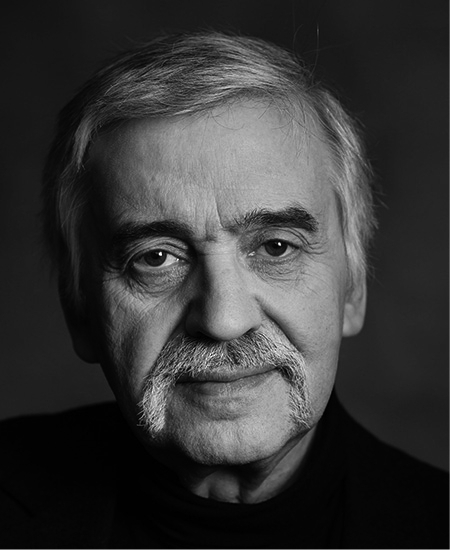
Romuald Loegler, who was born in a town in south-western Poland in 1940 and graduated from the Faculty of Architecture of Kraków University of Technology in 1964, started his professional practice a year later as a member of the architectural team of the Bureau of Technical Projectsand Servicesin Kraków. Atelier Loegler and partners was founded in 1987 and in 1999 Loegler received a doctorate in technical sciences from the Faculty of Architecture of Warsaw University of Technology.
Apart from practicing architecture, Loegler is active as an animator of architectural life – Romuald Loegler is also a co-creator of the Architecture Biennale in Kraków (1985), former editor-in-chief of the magazine Architect (1985-1991).
He hasbeenthe chief editor and Partner of the publishing house RAM , which publishes the monthly Architektura i Biznes. Loegler’s designs are chiefly kept in the high-tech style. He readily uses materials that may be associated with modernity, such as glass and raw concrete, and he exposes the structural elements of his buildings.
The creations of the architect consist predominantly of logical geometric forms which are often based on cubic modules. The disrupting of the mathematical order through the use of contradictory forms, and the cutting and interrupting of solids, surfaces and architectural structures are devices characteristic of him. As a result, his designs display a compositional fragmentation that may be associated with the deconstruction movement and give the impression of motion and drama.
The Church of St Jadwiga in Kraków, which was designed together with Jacek Czekaj (1978-90), may serve as an example. Galeria Tetmajera 83 in Krakow is another outstanding project of this world-famous architect, prof. Louller Romulad.
